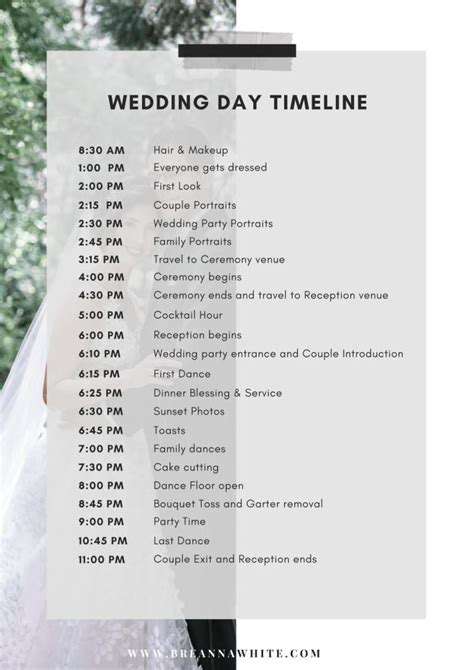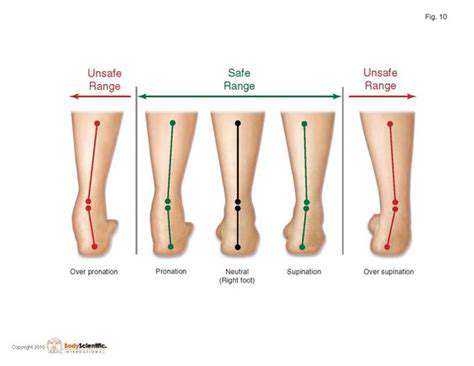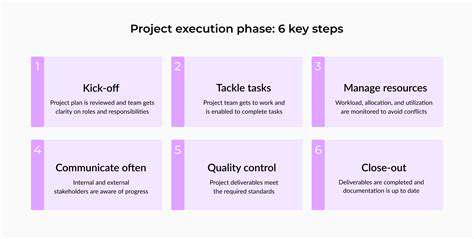Best Beach Wedding Planning Tips for Couples
Location Scouting: Finding the Ideal Beach
Selecting the perfect beach venue requires careful thought. Guests' convenience should be top priority—check parking availability and nearby lodging options. Hidden coastal gems often outperform crowded tourist spots when considering ambiance and privacy. The beach's character—whether a quiet inlet or vibrant shoreline—should mirror your wedding vision.
Practical considerations matter just as much as aesthetics. Tidal patterns, local regulations, and seasonal crowds can make or break your experience. Visit potential sites at different times to observe changing conditions that could affect your celebration.
Coastal Amenities and Services
Scout nearby facilities thoroughly. Quality catering options and clean restroom access significantly impact guest comfort. Many couples overlook permit requirements—always verify local ordinances regarding beach setups. Establish clear communication with vendors about delivery logistics and setup timelines.
Medical preparedness is non-negotiable. Ensure first aid stations exist or arrange for mobile medical support, especially for remote locations. Sand-friendly footwear stations and shaded waiting areas show thoughtful planning.
Weather Considerations and Contingency Plans
Coastal microclimates can surprise even seasoned planners. Beyond checking seasonal averages, consult fishermen or surf shops for localized weather insights. A backup tent reservation, even if unused, provides priceless peace of mind when ocean breezes turn blustery.
Timing ceremonies around tidal schedules prevents soggy surprises. Morning mists often burn off by noon, while afternoon winds typically calm near sunset—knowledge that helps perfect your timeline.
Guest Comfort and Accessibility
Accessibility planning separates good venues from great ones. Firm pathways for mobility devices, strategically placed seating, and climate-appropriate favors (sunscreen fans or pashminas) demonstrate thorough hospitality. Consider renting golf carts for elderly guests navigating sandy paths.
Budgeting for Beach Weddings
Hidden costs lurk in beach weddings like seashells in sand. Budget line items should include sand stabilization for dance floors, extra generator power, and specialized cleaning for salt-air-exposed equipment. Off-season bookings (excluding hurricane months) can unlock premium locations at 30-50% savings.
Vendor Partnerships and Contracts
Coastal vendors require specific experience. Photographers need lens filters for glare, caterers must master windproof serving, and musicians require salt-resistant equipment. Always include weather clauses in contracts—professional vendors will respect this precaution.
Budgeting for Your Beachside Celebration

Planning Your Dream Vacation
Financial foresight transforms beach trips from stressful to sublime. Create separate funds for fixed costs (flights, rooms) and variable expenses (meals, activities). Local tourism boards often offer discount cards bundling attractions—research these before arrival.
Estimating Accommodation Costs
Condos with kitchens frequently offer better value than hotels, especially for groups. Look beyond beachfront—properties one block inland often slash prices without sacrificing convenience. Weekly rates typically beat nightly pricing after just four nights.
Transportation and Travel Expenses
Regional airports sometimes offer cheaper fares than major hubs. Investigate ride-share options between terminals and resorts—many destinations now offer flat-rate shuttle services superior to taxis.
Food and Beverage Budget
Local markets trump restaurants for breakfasts and snacks. Dining at lunch instead of dinner often provides similar menus at 30% savings. Many beach bars offer happy hour specials on both drinks and appetizers.
Activities and Entertainment
National marine sanctuaries frequently offer free educational programs. Kayak rentals typically cost less in morning hours before winds pick up. Check resort boards for last-minute tour cancellations offering deep discounts.
Contingency Fund
Allocate 15-20% of your total budget for surprises—from lost sunglasses needing replacement to impromptu sunset cruises you'll cherish forever. Digital payment apps simplify splitting unexpected costs among travel companions.
Emergency Fund and Insurance
Annual travel insurance policies often cost less than single-trip coverage for frequent beachgoers. Verify whether your health insurance includes away from home emergency care—many don't cover international waters.
Planning Your Dreamy Beach Wedding Ceremony and Reception
Choosing the Perfect Beach Location
Site selection requires multiple visits—low tide reveals usable space while high tide shows potential hazards. Coastal conservation laws may restrict decor options—always verify before purchasing materials.
Designing a Stunning Ceremony
Natural elements enhance beach weddings beautifully. Driftwood arches require no artificial decor, while seashell aisle markers double as guest favors. Acoustic musicians outperform electronic setups in windy conditions.
Catering to Your Guests' Needs
Provide clear footwear guidance—heels sink, flip-flops flap. Program timelines should account for slower movement in sand. Hydration stations with infused waters prevent heat exhaustion elegantly.
Planning the Perfect Reception
Flooring matters—interlocking deck tiles create stable dancing surfaces. Lighting should complement rather than compete with moonlight. Battery-powered candles provide ambiance without fire risk.
Managing the Logistics
Assign a tide captain to monitor changing conditions. Walkie-talkies outperform cell phones on remote beaches. Vendor load-in schedules should stagger to avoid sand traffic jams.
Creating a Budget-Friendly Experience
Local student musicians often provide quality entertainment at reduced rates. Seasonal blooms typically cost less than imported flowers. Digital invitations save funds while allowing easy weather updates.
Capturing the Memories: Photography and Videography
Capturing the Beauty of the Moment
Professional visual storytelling preserves fleeting moments forever. Seek photographers experienced in harsh lighting conditions—their lens filters and reflectors make all the difference. Pre-wedding test shoots help perfect angles and lighting strategies.
Planning for Optimal Lighting Conditions
The magic hour before sunset offers sublime illumination, but requires precise scheduling. Morning ceremonies benefit from softer east-facing light. Silhouette shots against sunset horizons create dramatic keepsakes.
Choosing the Right Equipment and Gear
Weather-sealed cameras withstand sea spray better than consumer models. Drones require special permits on many beaches—always verify regulations. Underwater housings allow creative shoreline perspectives.
Addressing Potential Challenges
Salt air damages equipment rapidly—professional cleaners should service gear post-event. Backup memory cards and batteries are essential—sand can jam card slots unexpectedly.
Budgeting for Photography and Videography
Consider splitting coverage between primary and secondary shooters—this captures more moments at lower cost than full dual coverage. Digital-only packages often provide substantial savings over printed albums.
Read more about Best Beach Wedding Planning Tips for Couples
Hot Recommendations
- Step by Step Guide to Creating a Memorable Wedding Experience
- Expert Advice on Planning a Wedding with Family Traditions
- How to Organize a Destination Wedding That Reflects Your Style
- How to Choose the Perfect Wedding Venue for Your Style
- Expert Tips for Choosing Wedding Decor That Elevates Your Event
- How to Plan a Timeless Wedding with Modern Flair
- How to Create a Detailed Wedding Plan That Covers Every Detail
- How to Choose the Right Wedding Music for Every Moment
- Step by Step Guide to Crafting Personalized Wedding Themes
- How to Plan a Sustainable Wedding with Eco Friendly Ideas











